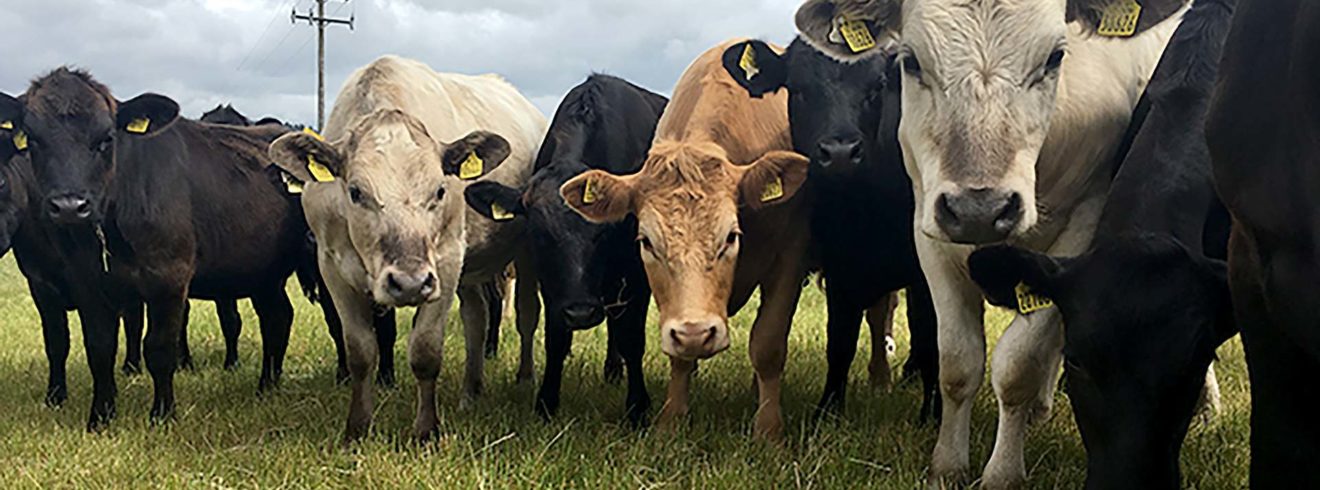Grazed grass is the cheapest feedstuff available to Irish farmers. Good grassland management for beef cattle can significantly improve profitability. Better utilisation of grazed grass coupled with strategic use of concentrate supplementation can maximise animal performance, increase output and result in higher margins.
Feed costs account for 75% of variable costs in Irish beef production. Grazed grass is estimated to cost circa €70 per ton of dry matter with grass silage approximately double that. The economic sustainability of beef production systems depends on optimising the contribution of grazed grass to the lifetime intake of feed and using silage and concentrates as strategically as possible.
When cattle are housed for fattening, the cost per kg of live weight gain increases by up to 50% compared to grass-based finishing. With this in mind, finishing cattle at grass rather than indoors is economically attractive, while reducing/ removing the cost of housing accommodation and slurry management.
When considering whether or not to finish cattle at grass a number of factors should be taken into consideration. Firstly, identify cattle that have the ability to be finished at grass, this decision may be based on gender, breed type and/or animals present condition. However, regardless of the cattle type being finished, meeting market requirements is critical to obtaining the best price when slaughtering. As conformation and appropriate fat cover are critically important to specific markets, ensure those animals selected for grass-based finishing can achieve such market requirements.
Concentrate supplementation at grass
Key challenges when finishing beef cattle at grass is achieving adequate fat cover on carcasses and maintaining optimum live weight gain as feed demand on farm increases and grass quality starts to decline as the grazing season progresses. Therefore, concentrate supplementation can be offered to grazing cattle to overcome potential energy deficits, increasing overall performance and fat deposition. Recent research has shown that even when good quality grass is in abundance, feeding 0.5 kg/100 kg bodyweight results in greater performance and margin, without negative substitution effects (feed 3 kg to a 600 kg steer). Results obtained from previous trials carried out in Teagasc, Grange on suckler-bred steers, moderate feeding rates of 2.5 – 5 kg have been shown to produce 22-100 kg of extra saleable carcass.
Grassland management
Achieving success when finishing cattle at grass is highly dependent on good grassland management, with the production and efficient utilisation of high yields of high-nutritive value grass throughout an extended grazing season being essential. In systems where rotational grazing is practised, both grass production and animal performance are likely to be higher than alternative-grazing systems, therefore implementing paddock systems is advisable.
When feeding cattle at grass save time and labour by using mobile troughs, moving them regularly to limit damage and contamination of feed with soil. Lightweight troughs that can be easily moved coincide well with paddock systems.
Where grass has become scarce
With ongoing soil moisture deficits at the moment, and grass quality and/or quantity on farm is becoming scare it is important, alike dairy systems to prioritise the cash-flow animal.
- When considering finishing cattle at grass, where grass is scarce, feeding rates should be increased to 1kg/100 kg live-weight (feed 6 kg to a 600 kg steer).
- In suckler-to-weanling scenarios, where grass becomes scare it makes sense to feed the most efficient convertors of feed, which are the suckler calves. Consider creep feeding calves and creep grazing them ahead of the cows.
- Where grass is scarce and a silage buffer feed is re-introduced milk output from the suckler cow will be impacted, do not allow body condition to deteriorate.

